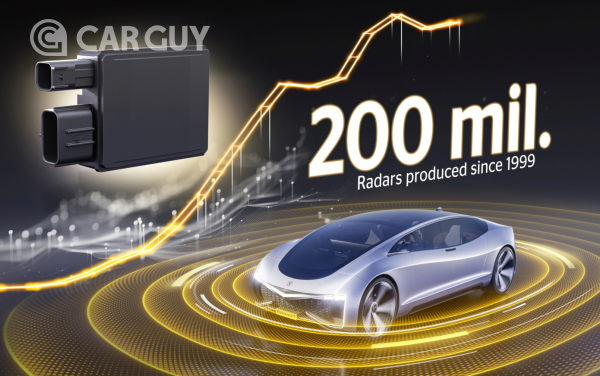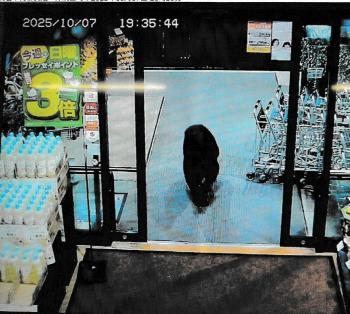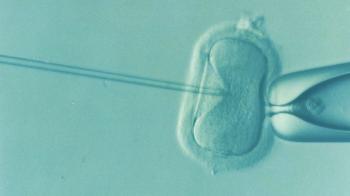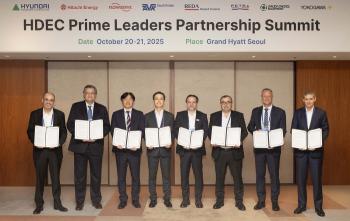Continental Achieves 200 Million Radar Sensors Production...Strengthen safety and lead future mobility
May 12, 2025
|
Continental has supplied a cumulative total of 100 million radar sensors by 2021 since it first installed its first-generation long-range radar in the Mercedes S-Class in 1999. In addition, it achieved a total of 200 million units in just four years, demonstrating increased demand for vehicle safety functions, technology development, and performance improvement. In the first quarter of this year alone, Continental secured mass production orders worth about 1.5 billion euros (about 2.3 trillion won) from several global automakers, and full-scale production is expected to begin between 2026 and 2027.
"The production of 200 million radar sensors and securing large-scale orders are achievements that show Continental is a company with customized technology solutions, advanced engineering twists, and pioneering spirit across the automotive industry," said Ismail Dagli, head of Continental's autonomous driving business division. "Radar sensors are a key component of current and future mobility, and a wide and differentiated radar portfolio like Continental is a prerequisite for implementing autonomous driving."
Sales are also surging as the number of radar sensors on vehicles increases, and Continental has a strong portfolio of radar systems optimized for various applications and market demand. ADAS provides improved safety and convenience inside and outside the vehicle with radar sensor technology. In the past, it was only possible to adjust the distance with a single radar sensor mounted on the front of the vehicle, but now it has more than nine sensors and has greatly expanded its functionality. In addition to adaptive cruise control (ACC), various functions such as emergency braking, blind spot detection (BSD), lane departure warning (LDW), rear lateral warning (CTA), and parking assistance systems are implemented through intelligent combinations with cameras, ultrasound and LiDAR. In particular, radar systems are essential technologies for advanced autonomous and fully autonomous vehicles that require 360-degree precise detection of the outside of the vehicle.
Continental has played an important role in the early development of vehicle radar technology that has undergone major changes in recent years. In 1999, Daimler (now Mercedes-Benz) introduced adaptive cruise control for the first time in the S-Class model, an innovative technology utilizing long range radars capable of detecting up to 150 metres. At that time, the system consisted of two parts: a control device and a radar head installed behind a radiator grill, and was large and heavy enough to measure about the size of a shoe box and weigh about 1.3 kilograms. While features were also limited compared to today, Continental and Mercedes noted the potential of the technology, which, unlike infrared sensors, works reliably in fog or darkness, regardless of light or viewing conditions.
Today's radar systems have made rapid progress compared to the first generation. "Intelligent radar sensors are built-in with high-performance microchips to process received signals in real time and provide more sophisticated information through data fusion with other sensors such as cameras," explained Norbert Hammerschmidt, general manager of the parts division within Continental's autonomous driving business division. Continental is leading the development of a very efficient radar system and provides a system that maximizes space and cost-effectiveness compared to the initial system with the size of two matchboxes. These state-of-the-art radar systems support a wide range of short-range features such as parking assistance and highway lane departure warning systems, as well as long-range features capable of detecting up to 300 meters. In particular, when changing lanes, even situations that are difficult to detect with the naked eye, such as motorcycles approaching quickly from the rear or pedestrians in the city, can be detected with high precision.
Continental still develops and optimizes radar sensors based on artificial intelligence for all markets and applications, from mass-produced passenger cars to luxury premium vehicles, semi-autonomous trucks, and global two-wheeled vehicles. It offers a wide portfolio tailored to the needs of customers around the world, and in the future, premium models such as the high-performance new 4D long-range imaging radar will be added to replace existing systems and support full self-driving. Currently, it is mainly producing mass-produced products such as front and corner radars that implement high-performance functions at reasonable costs.
Editor Song Moon-cheol mc.song@carguy.kr
This article was translated by Naver AI translator.














